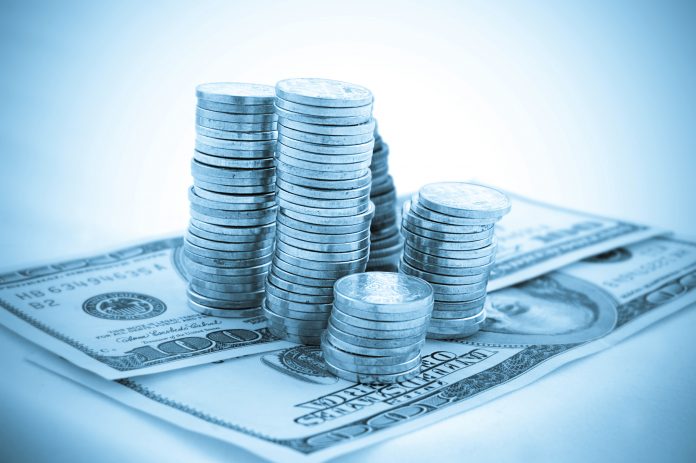The US Dollar’s extended weakness has leveled off with the DXY Dollar index, (an index that measures the dollar’s strength compared to a basket of other currencies), dipping to just below 93 before stabilizing at between 93 and 93.5. This is not much of a rebound but it does show that the US Dollar may have found a level at which further losses are less likely to materialize, at least for now. Against the Thai baht, the US Dollar has leveled off, albeit at its lows, at around the 33.20 to 33.30 range, a very tight range for much of the last few weeks.
The British pound marched up to hit 1.3220 to the USD as a resumption of the rally based on hawkish views from some central bank members and also taking its cue from some bullish economic data, but it topped out there only to return to the 1.2880 level where is has remained fairly steady. Against the Thai Baht, the rise was also evident as was the subsequent retracement with the British pound now fetching 42.73 at the spot rate. Expect the spread at currency exchange booths to be wider due to continued volatility.
The USD/JPY cross continued its fall from the recent range top and the 111.47 area has given way to a retracement back towards 109 with a counter trend pullback currently seeing the 109.20 to 110 mark come into focus. A drop in global stock markets took place recently and this often makes the Yen regain its status as a safe haven currency and inflows could be seen which would take the exchange rate lower. (The more expensive the yen the less yen can be bought with the dollar so the exchange rate moves down on yen buying). Against the Thai baht the yen remains in a tight range between 0.3003 and 0.3044 with some brief forays below the key 0.300 mark.
The Russian ruble weakened from 58.8 to move to 60.8 to the USD before regaining strength back to 58.76. Against the Thai Baht it has remained in a tight range of 0.562 to 0.545. Volatility has increased and the boundaries of the recent range have expanded again, but there still appears to be no clear direction for forward movements. Oil prices have rebounded which may help the ruble to strengthen and may also account for some of the volatility of late.
The Euro had several calls for 1.20 to the USD for the middle of next year and almost reached that level much earlier than expected. It continued to show strength and the sharp rally from 1.12 propelled the EUR USD rate all the way to 1.1914 before dropping back to 1.1767 with the counter trend started by bullish US Jobs data. Against the Thai baht the Euro came close to the 40 mark at 39.60 before dropping back slightly to 39.07.









